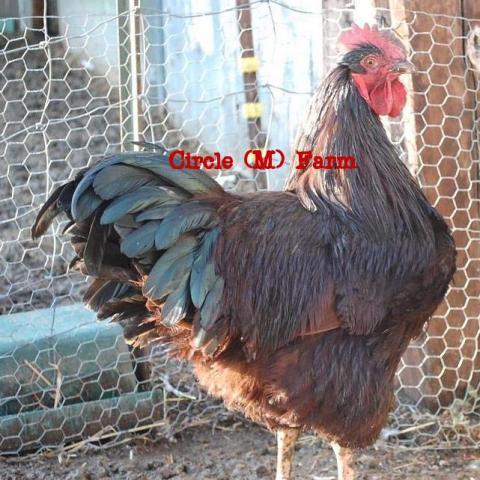Rose combs??
There's the male question, then there's the female question.
I have found that RC's on young birds are pretty easy to read. As the males come in, which is pretty early on for most breeds, cockerels with poor (read POOR not slightly imperfect) are visible fairly quickly: thumb prints, sunken leaders, etc.... These birds can be culled.
Also, I'm learning to be suspicious of combs that comb on too quick, too fast. They llook great at first, but, within a few weeks, they're beefy or lob-sided.
Females are more difficult to tell because the combs take so long to start developing. What's worse, is that the undeveloped female RC is so unassuming, almost invisible
I like to think of how many birds I can grow out with enough room to avoid picking, crowding, feather damage, stunting, etc.... Having screwed up enough on that level, I've learned it's not worth it.
However, for those who are willing/able to cull hard. Let's say you can grow out (to adulthood) 50 birds. You might find that you can hatch twice as many. When the males start showing their combs, you can cull down. If you're breeding a breed that needs size, Dorkings for example, you can cull your hens, too, by taking the top 50% or so. You'll have to decide what your numbers will be, but, depending on your strain and the presence of comb imperfection, big thumb prints are a royal pain in the neck. If you have room to grow out 50, perhaps 20 males/30 females, or 15 males/35 females, there might be a bit to be said about not growing out 5 out of 15 cockerels with a major thumbprint or sunken leader that is going to slam you for the next five years.
Though overcrowding at any age is going to cause problem, if a space can hold 50 adults well, it should be able to house more than this up to 8 weeks old or so. It depends on the breed's temperment, of course.
Your thoughts, Bob?





